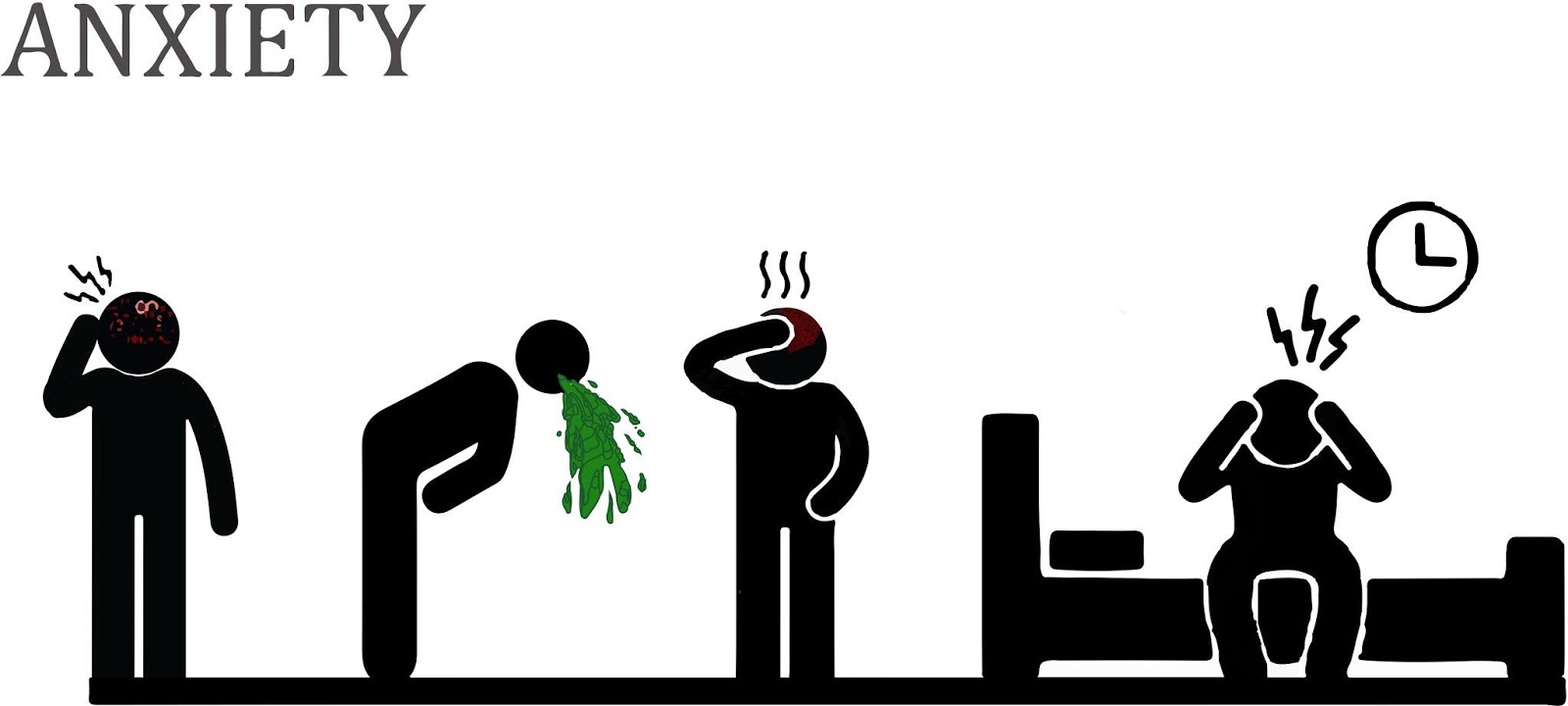Propranolol is a long-used beta blocker most often prescribed to help manage heart conditions. In 2020 alone, over 8 million prescriptions were written for nearly 2 million patients. This widespread use aligns with the high rates of cardiovascular disease in the United States, which is also the leading cause of death. According to the CDC, more than 697,000 Americans died from heart disease in 2020, and over 800,000 had a heart attack.
Cannabis can also affect the cardiovascular system, which raises questions about how it might interact with medications like propranolol. Since both are widely used, some patients may wonder whether it’s safe to combine them.
What is Propranolol?
Propranolol is a prescription medication used to treat various cardiovascular conditions. It’s part of a class of medications known as beta blockers. Beta-blockers block B1 and/or B2 receptors that regulate cardiovascular activity. B1 receptors excite the cardiovascular system, increasing heart rate and blood pressure. B2 receptors relax it. Propranolol is a non-selective beta blocker that blocks B1 and B2 receptors, leading to a more neutral state.
Propranolol is commonly used to treat a range of heart conditions like high blood pressure, arrhythmias, angina, hypertrophic subaortic stenosis, atrial fibrillation, coronary artery disease, and heart failure. It is also used to treat restless leg syndrome, migraines, tremors, and some forms of kidney disease because it changes how the body responds to other nerve impulses.
Is Propranolol Addictive?
Propranolol isn’t addictive in the traditional sense, but it does cause a form of dependency. Stopping a beta blocker like propranolol too quickly may cause changes in blood pressure and heart rhythm and even has the potential to lead to a heart attack. If you’re considering stopping propranolol, speak with your doctor about gradually easing off the medication rather than stopping abruptly.
Combining Cannabis and Propranolol: What the Latest Research Says

There’s currently little clinical research on how cannabis and propranolol interact. Most available studies don’t explore the safety of using both at the same time.
Cannabis may impact the cardiovascular system in several ways, but the research is mixed. While some people use cannabis to help with stress and inflammation, THC has been linked to increased heart rate. In some cases, it may raise the risk of heart attack shortly after use, especially for people already at risk.1,2
The evidence around cannabis and blood pressure is also conflicting. Some studies show that cannabis, particularly CBD, may help lower blood pressure. Others suggest it may raise it instead. These mixed results make it difficult to draw firm conclusions.
The few studies that do explore cannabis and propranolol together are case reports involving just one person. In one 1977 report, a patient experienced fewer cardiovascular side effects from cannabis when also taking propranolol.3 Another 2017 case study found that propranolol may help relieve symptoms of cannabis hyperemesis syndrome.4 While these results are interesting, they are not strong enough to guide treatment, and larger studies are needed.
Since both cannabis and propranolol can affect the heart and blood vessels, combining them without medical supervision may carry risks. At this time, there’s no strong evidence showing clear benefits from using both substances together, and no large studies have confirmed their safety when combined.
No specific research exists on the combination of CBD and propranolol. However, because both may lower blood pressure, using them together could increase the risk of side effects like dizziness, fainting, or dangerously low blood pressure. While CBD is generally well-tolerated, it can still interact with medications.
If you’re considering using propranolol with cannabis or CBD, talk to your doctor first. They can help determine what’s safe for your individual needs.
Are You Considering Using Cannabis and Propranolol?

Combining cannabis with any substance or medication carries its own risks. Cannabis research is still in its earliest stages, and there is a lot that researchers still don't know. That leaves the door open for unexpected interactions with other substances. If you are considering combining cannabis with any other substance or medication, speak to your doctor for proper medical guidance.
Likewise, stopping the use of a prescribed medication can lead to unintended consequences. Many medications take time to build up in the body. Stopping suddenly can cause unpleasant and potentially serious or even fatal side effects. If you'd like to stop using or replace a medication, you need to follow the guidance of your medical provider to make any approved adjustments safely.
References
- Dabiri AE, Kassab GS. Effects of Cannabis on Cardiovascular System: The Good, the Bad, and the Many Unknowns. Med Cannabis Cannabinoids. 2021;4(2):75-85. Published 2021 Nov 12. doi:10.1159/000519775 ↩︎
- Latif Z, Garg N. The Impact of Marijuana on the Cardiovascular System: A Review of the Most Common Cardiovascular Events Associated with Marijuana Use. J Clin Med. 2020;9(6):1925. Published 2020 Jun 19. doi:10.3390/jcm9061925 ↩︎
- Sulkowski A, Vachon L, Rich ES. Propranolol effects on acute marihuana intoxication in man. Psychopharmacology. 1977;52(1):47-53. doi:https://doi.org/10.1007/bf00426599
↩︎ - Richards JR, Dutczak O. Propranolol Treatment of Cannabinoid Hyperemesis Syndrome. Journal of Clinical Psychopharmacology. 2017;37(4):482-484. doi:https://doi.org/10.1097/jcp.0000000000000735
↩︎
The information in this article and any included images or charts are for educational purposes only. This information is neither a substitute for, nor does it replace, professional legal advice or medical advice, diagnosis, or treatment. If you have any concerns or questions about laws, regulations, or your health, you should always consult with an attorney, physician or other licensed professional.




